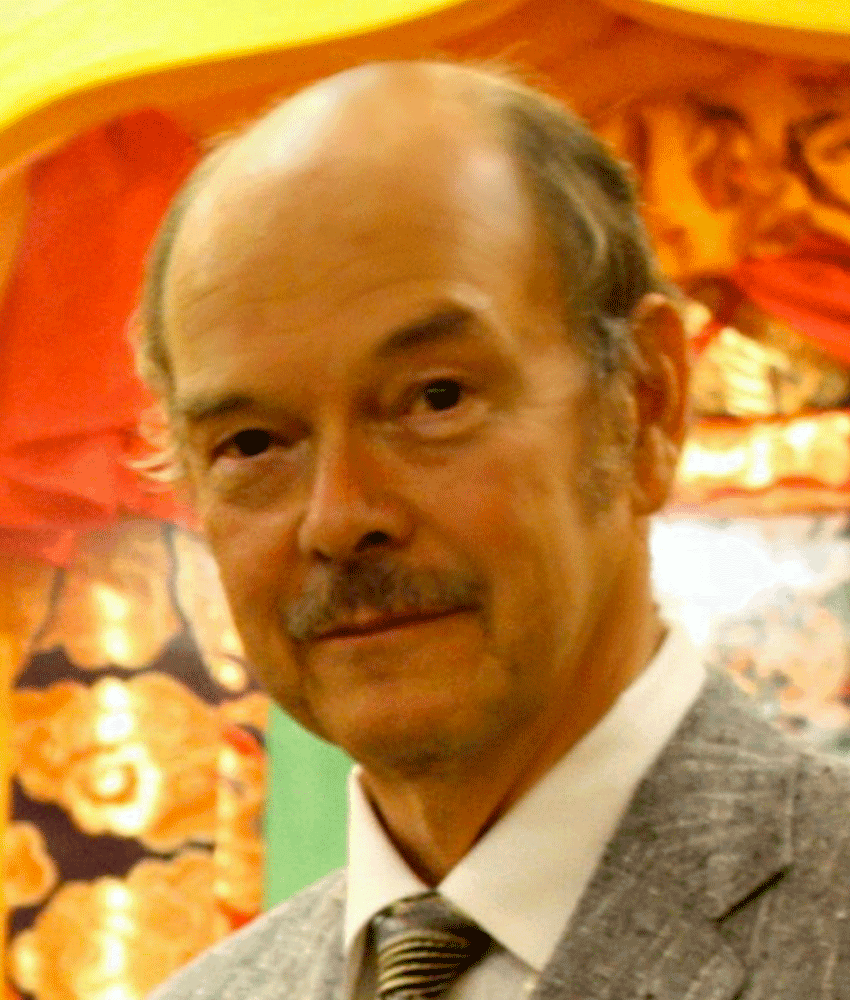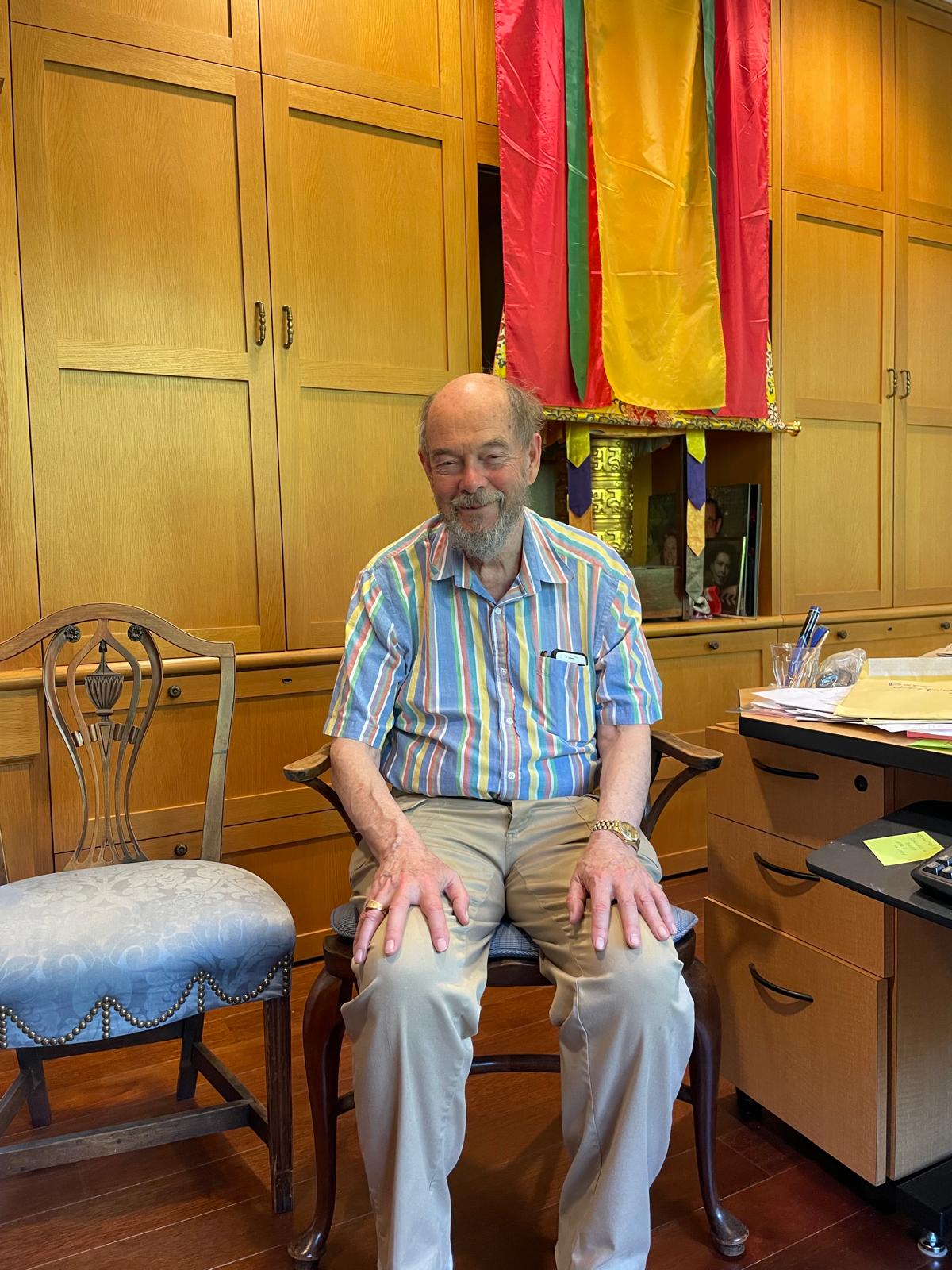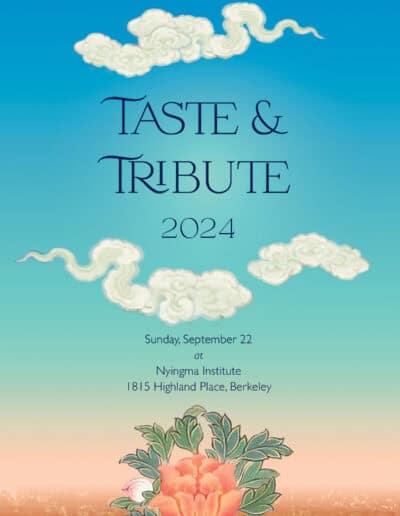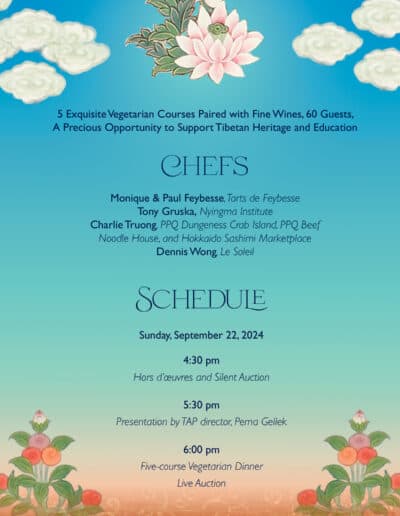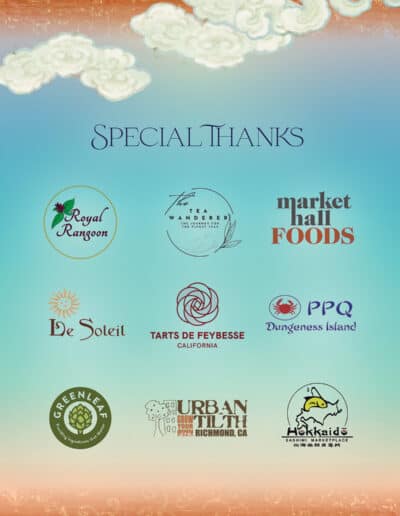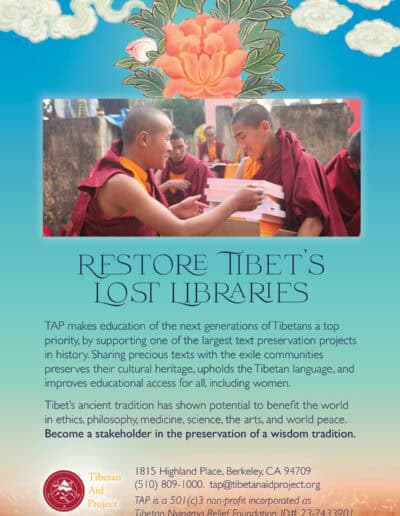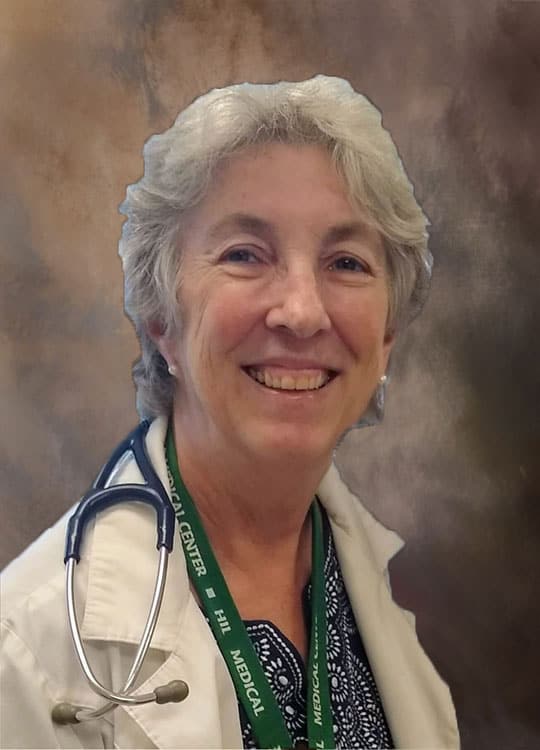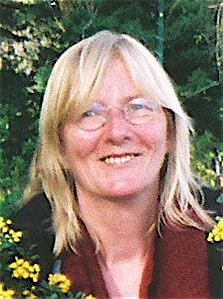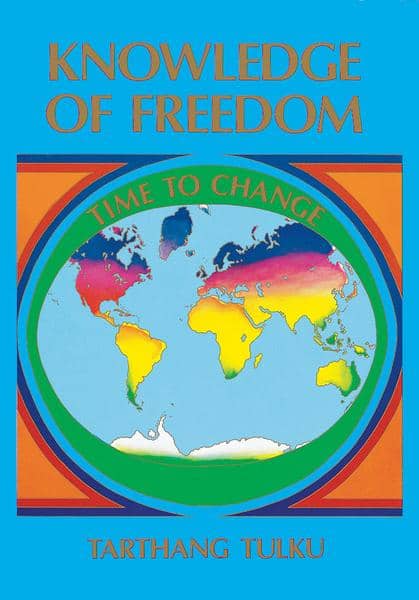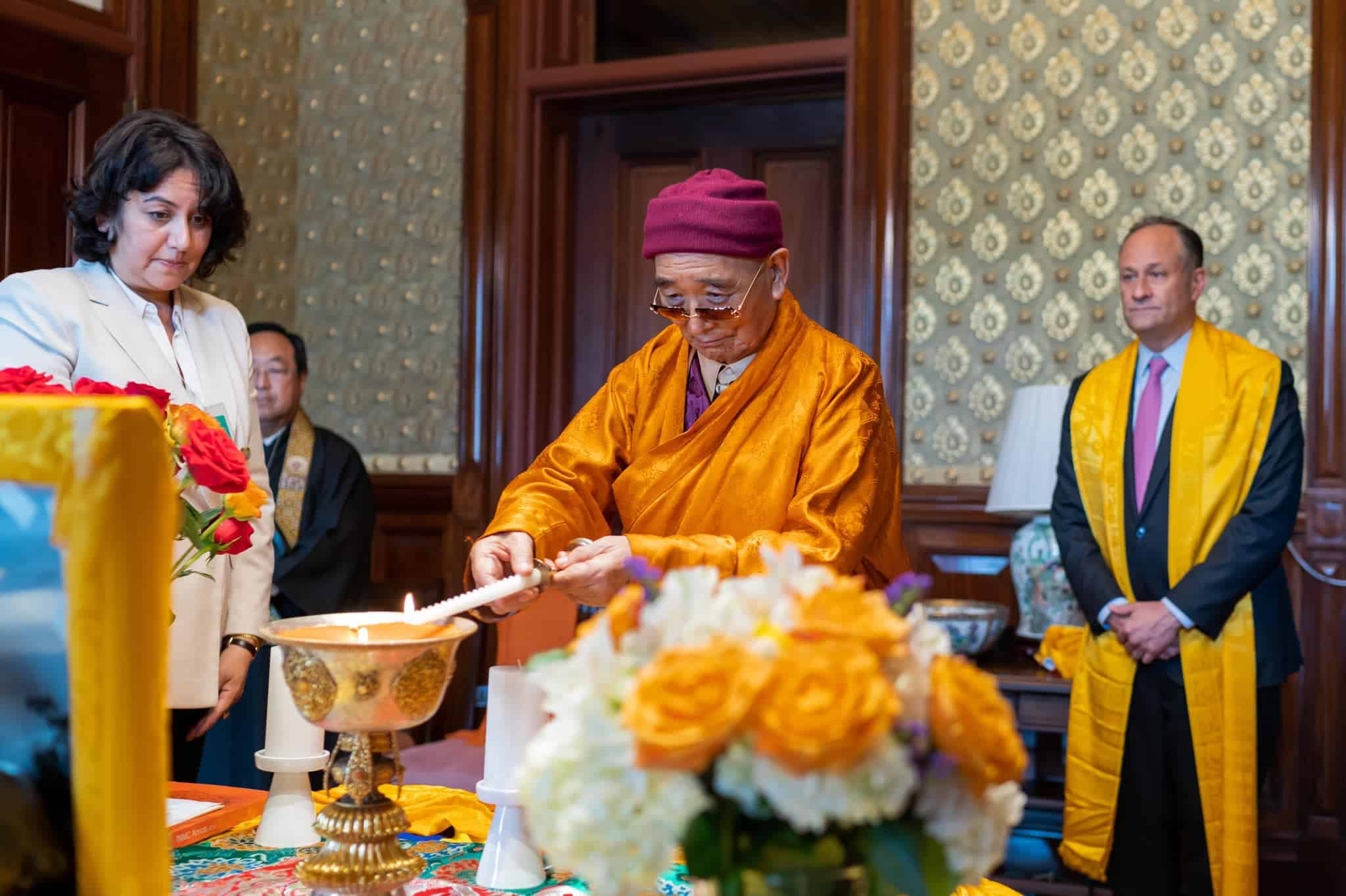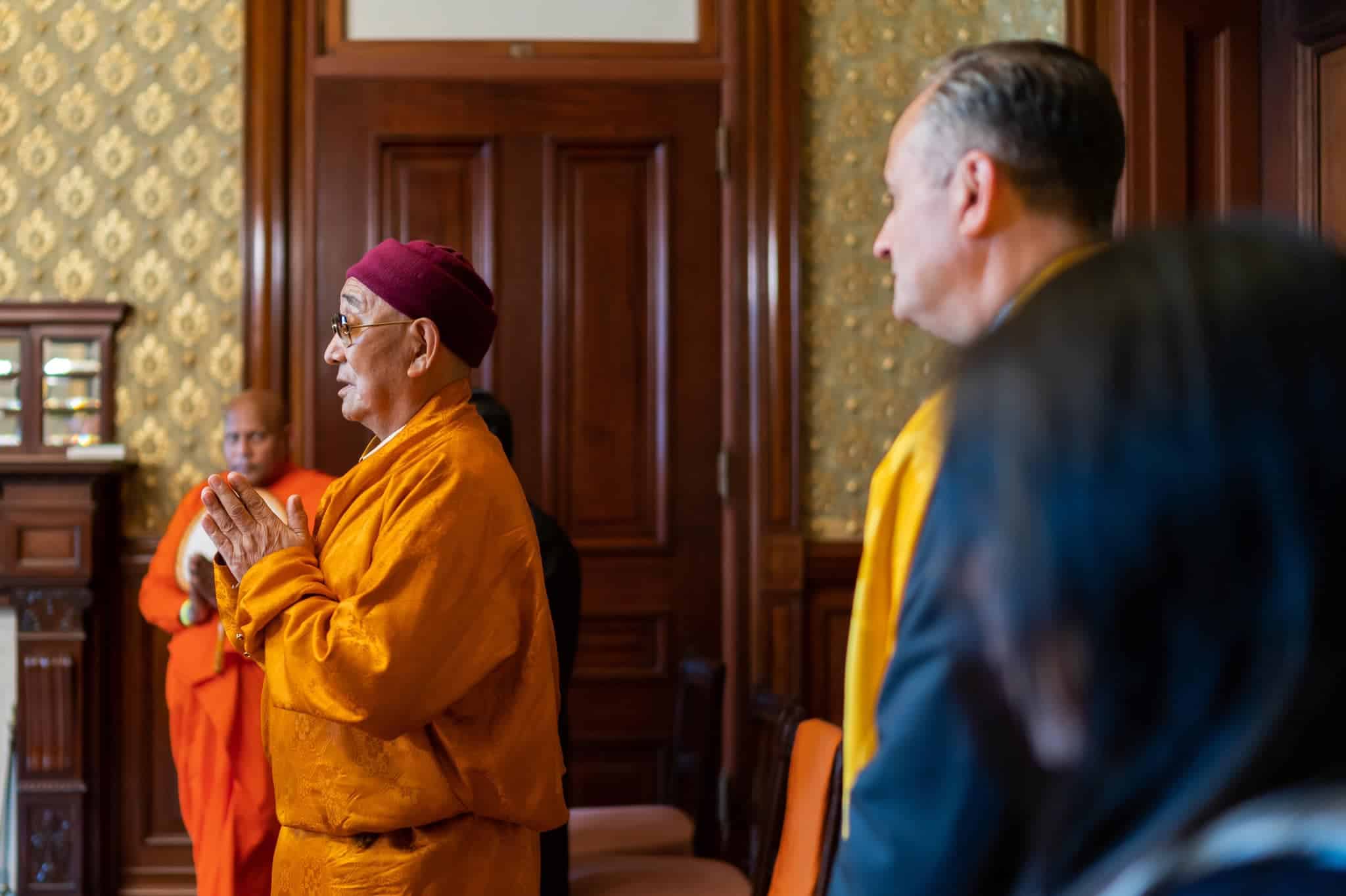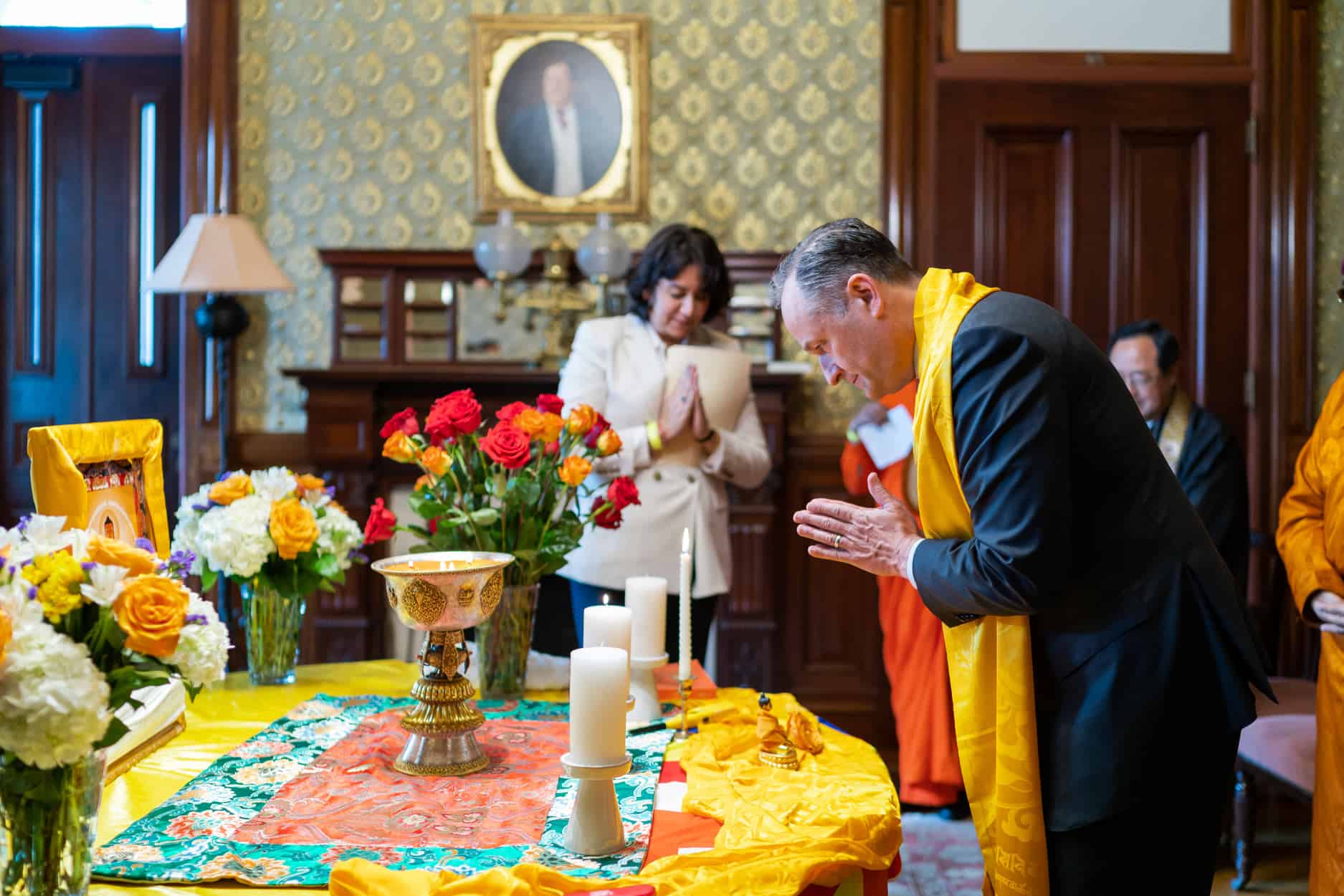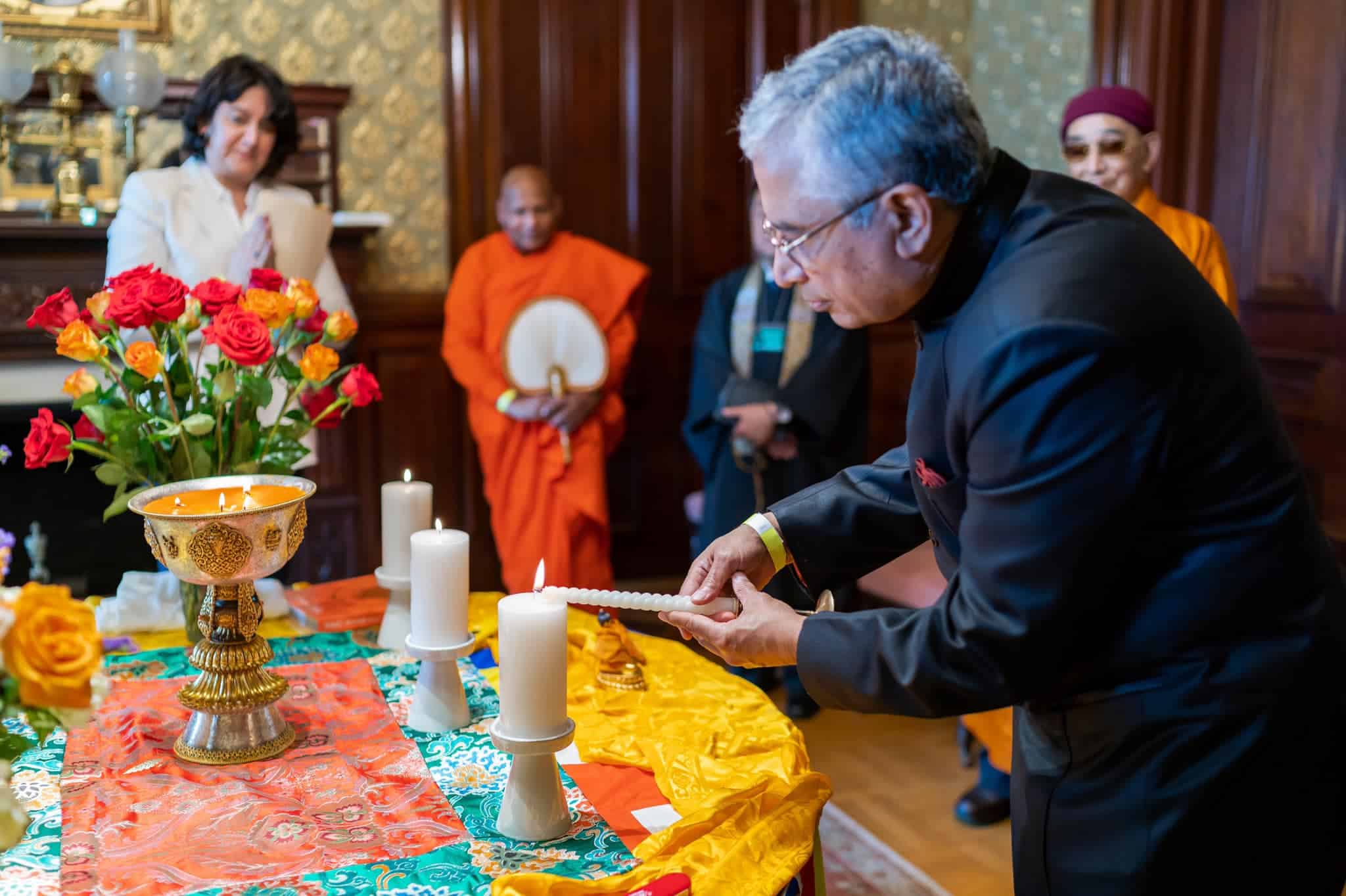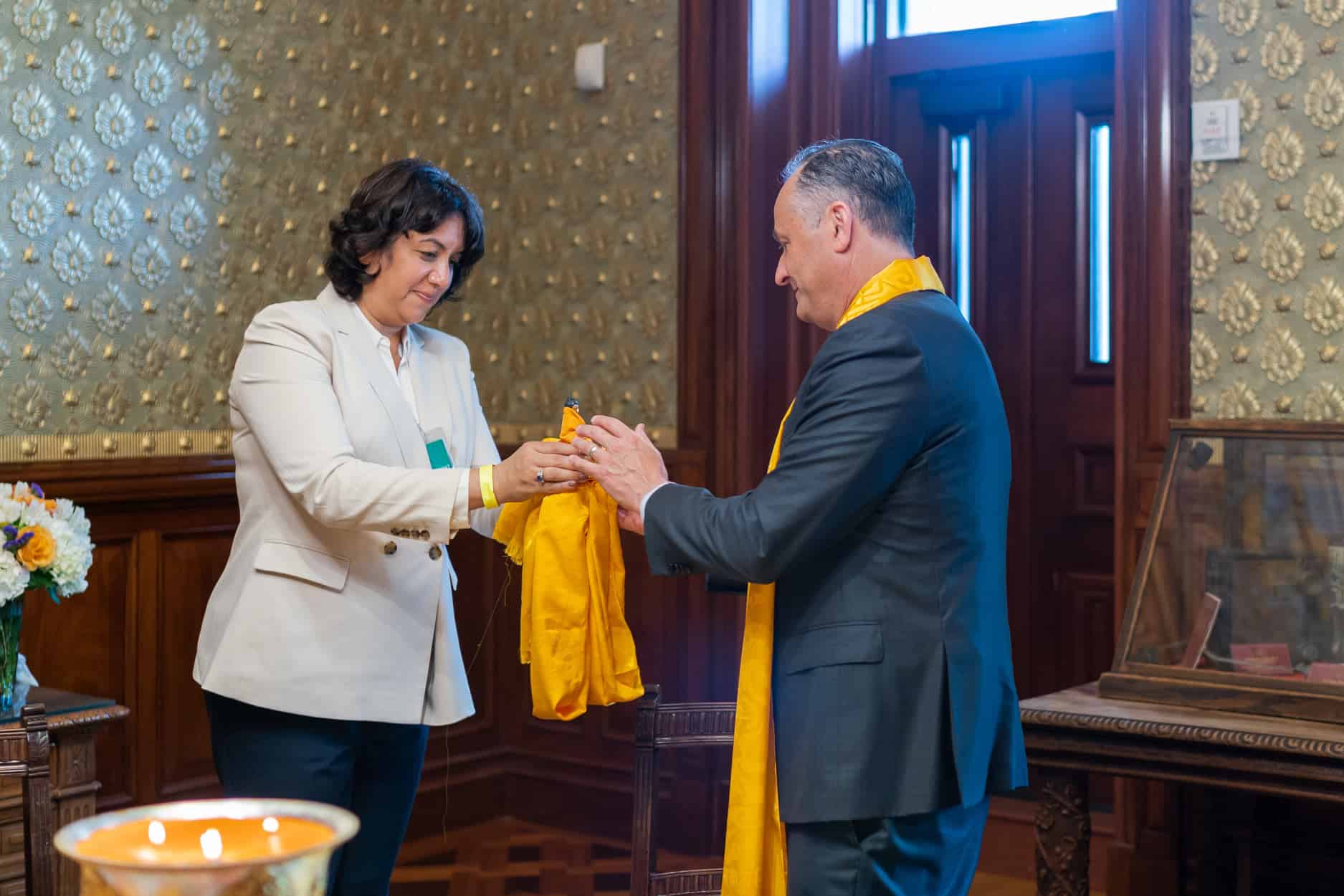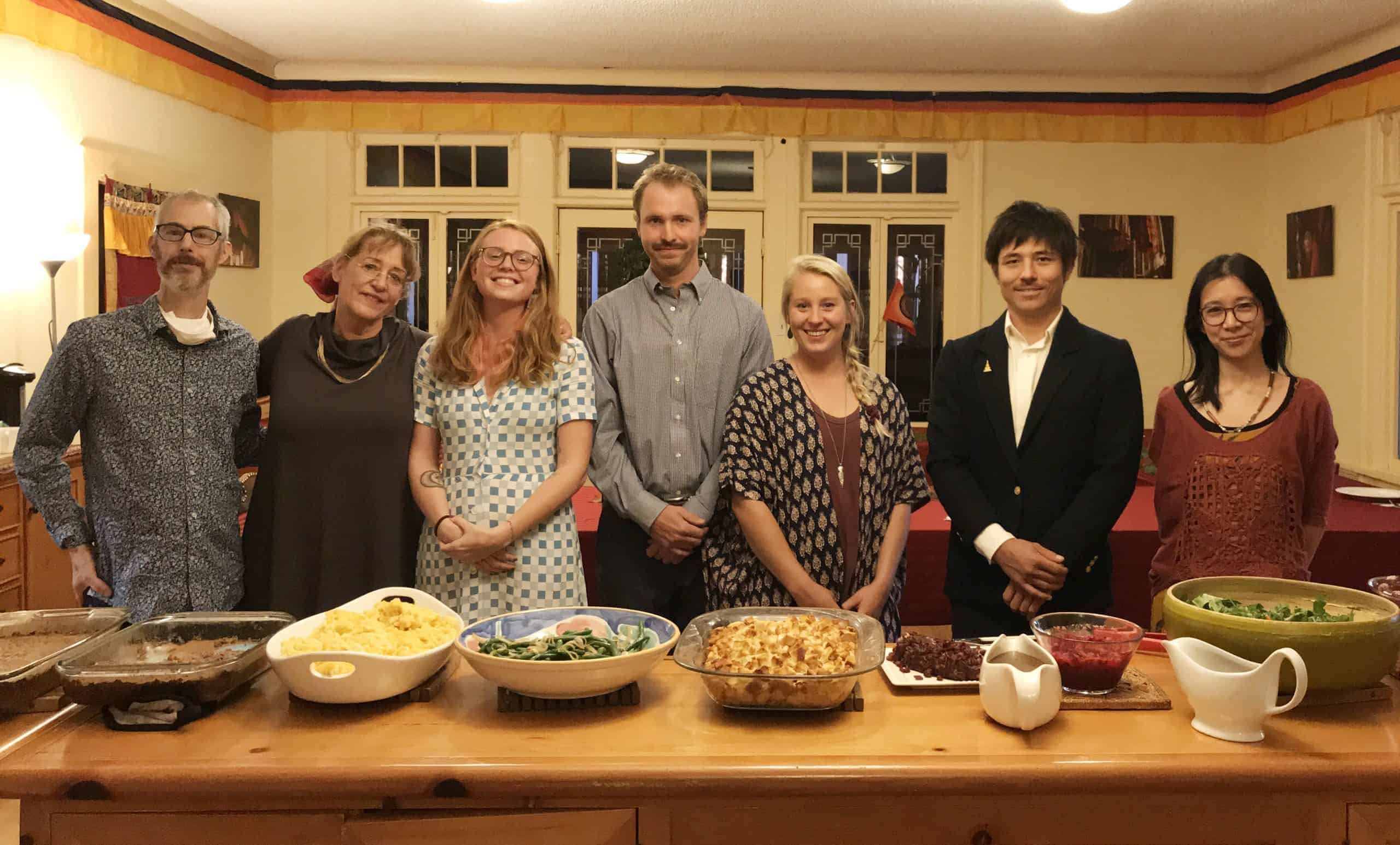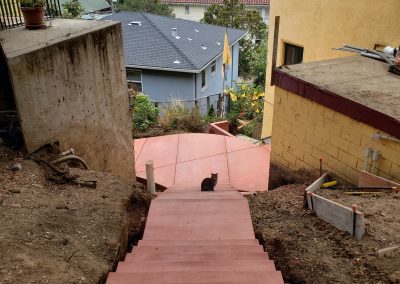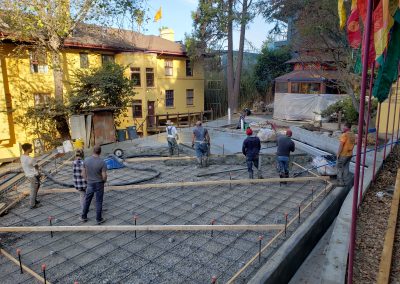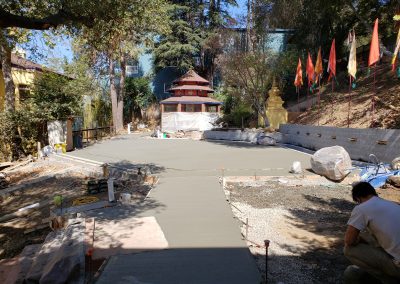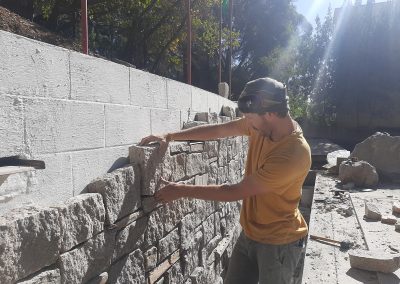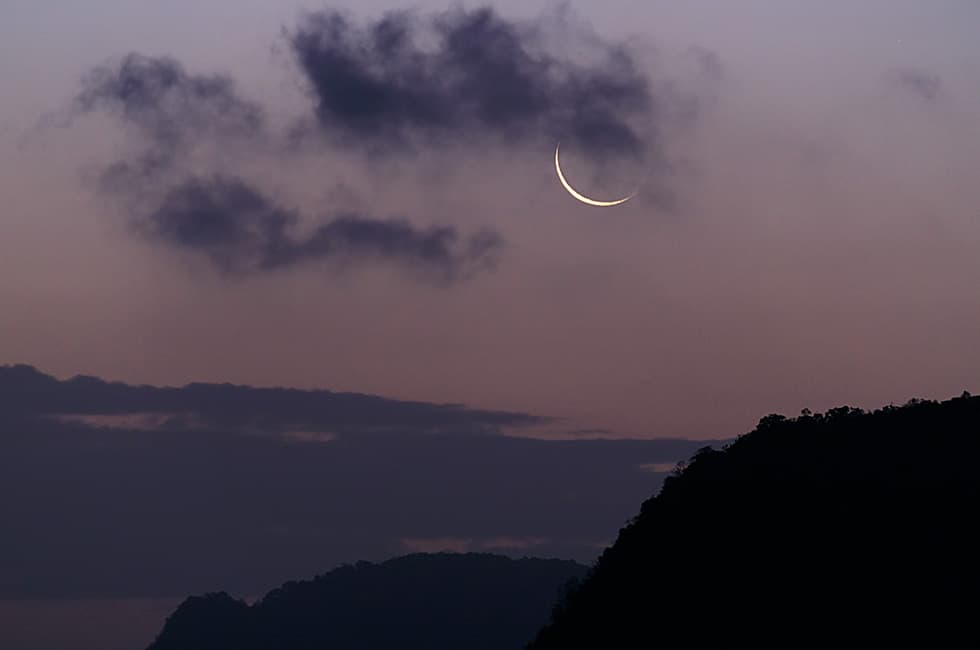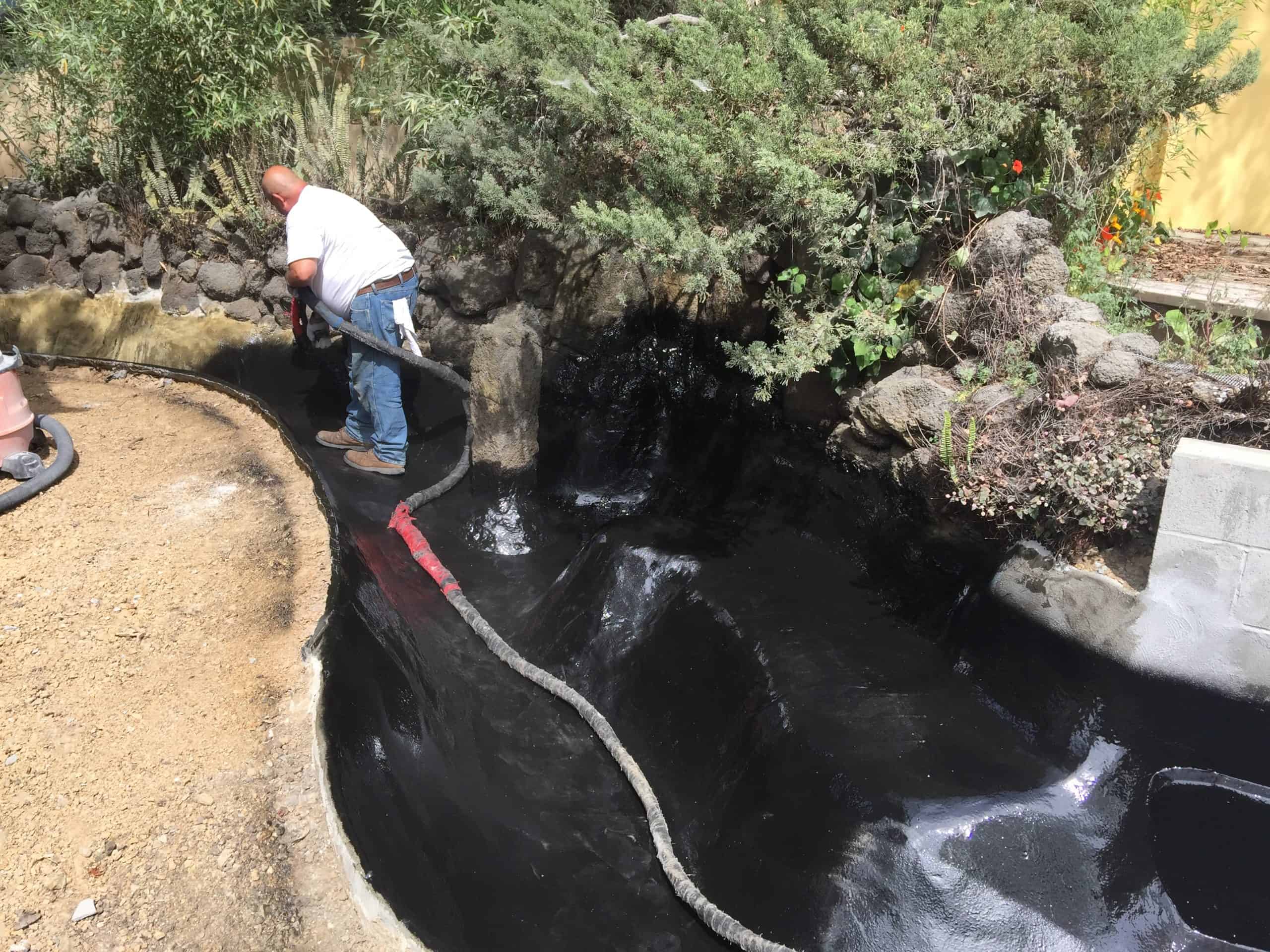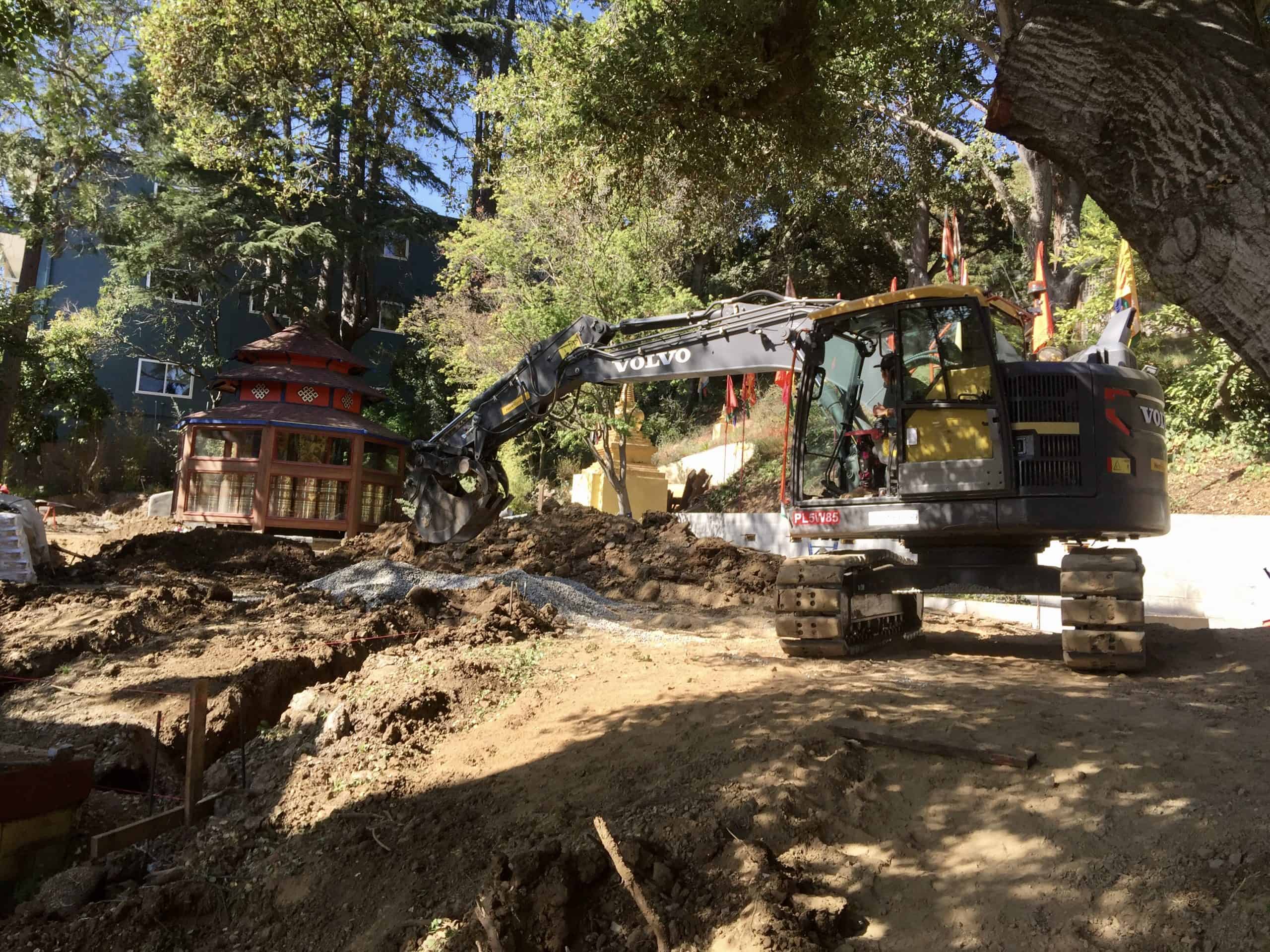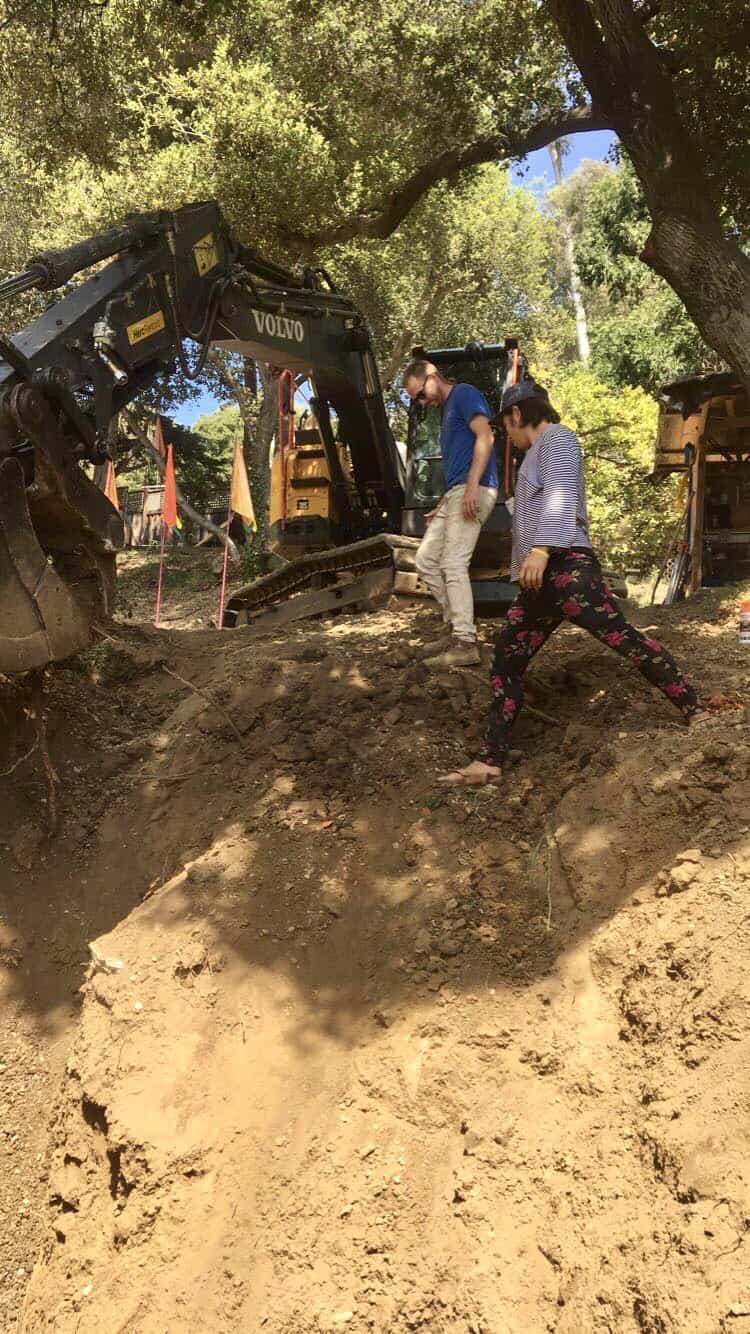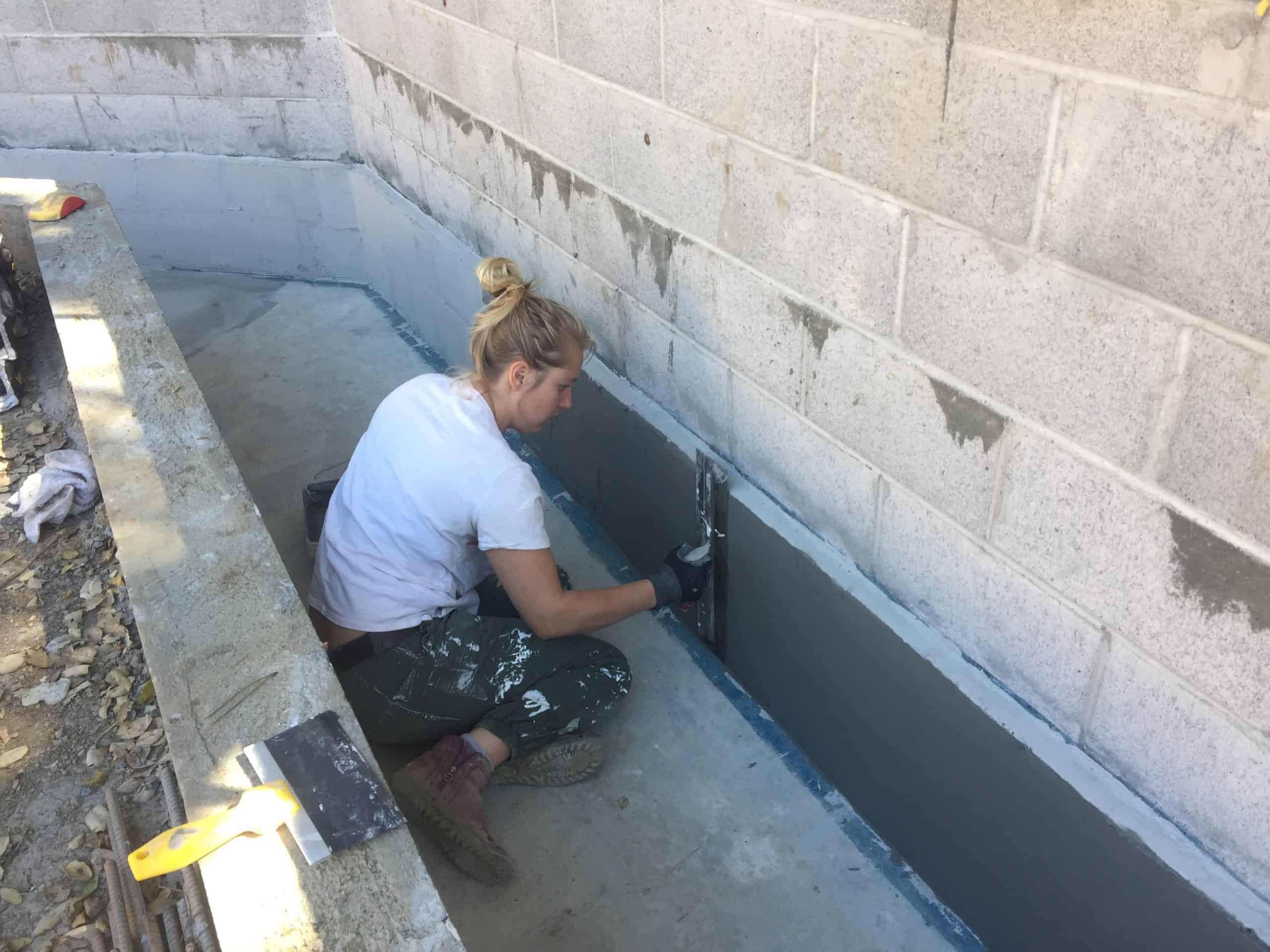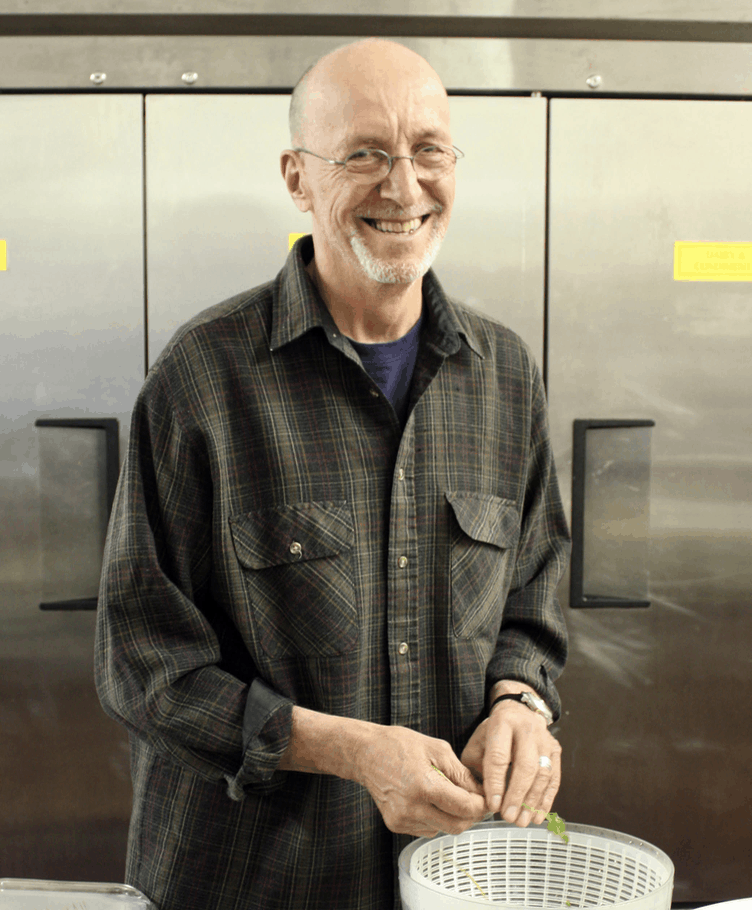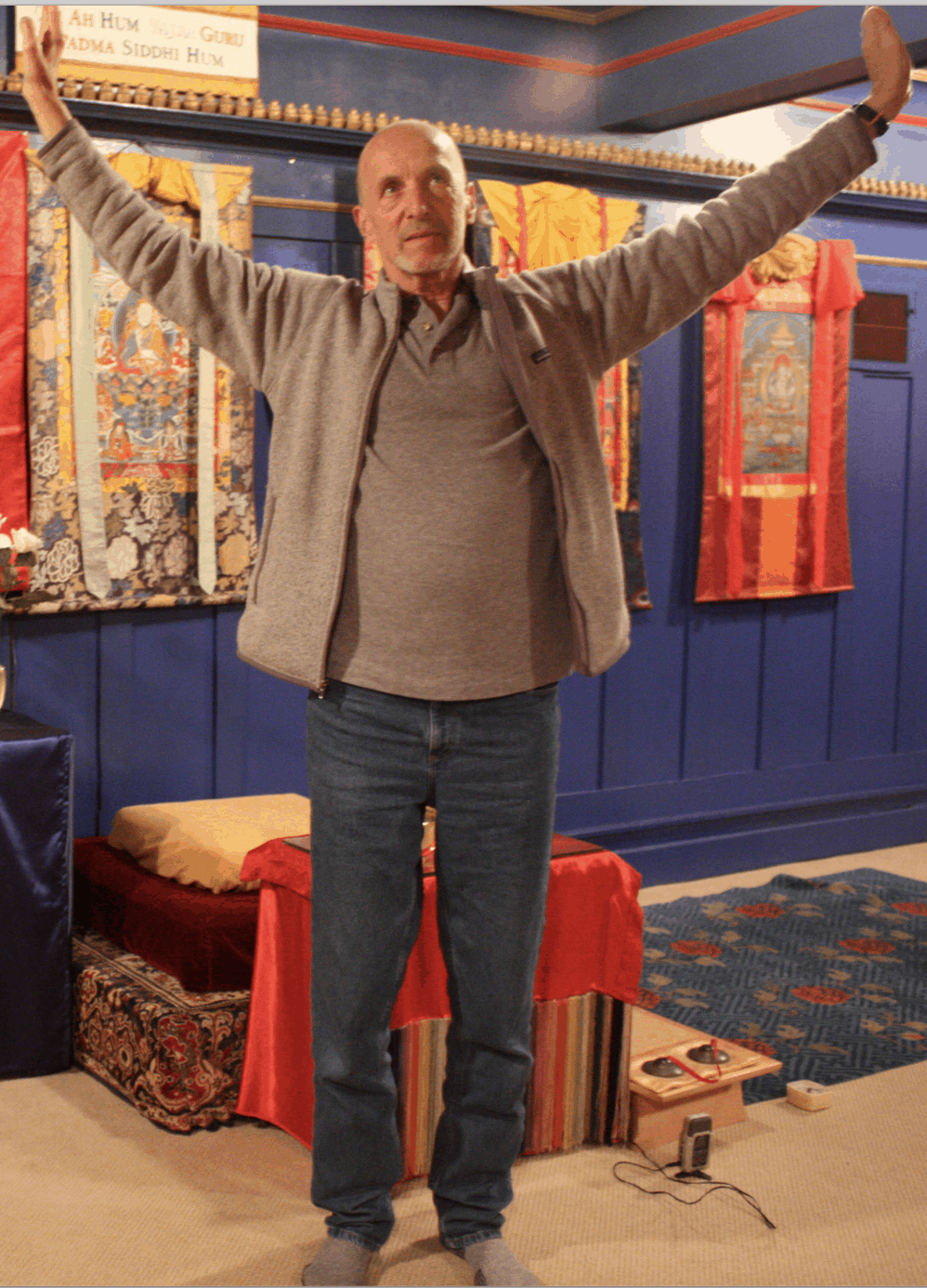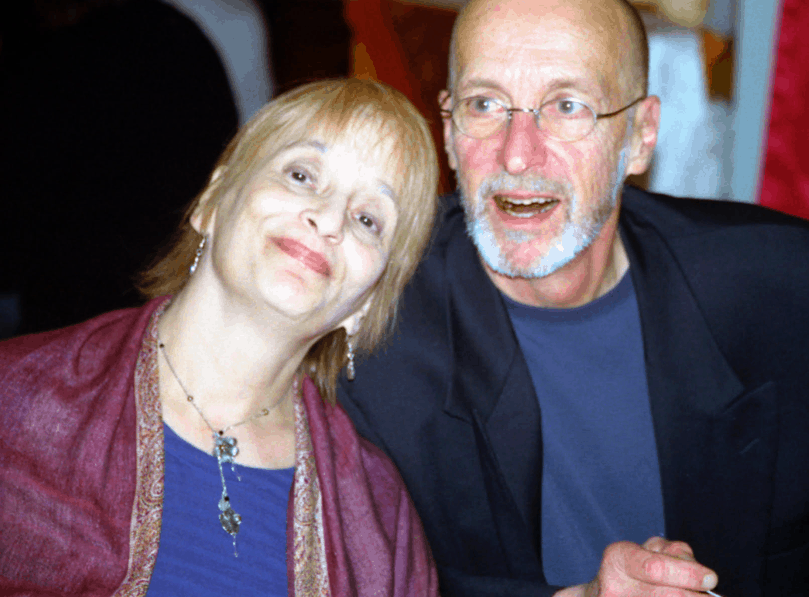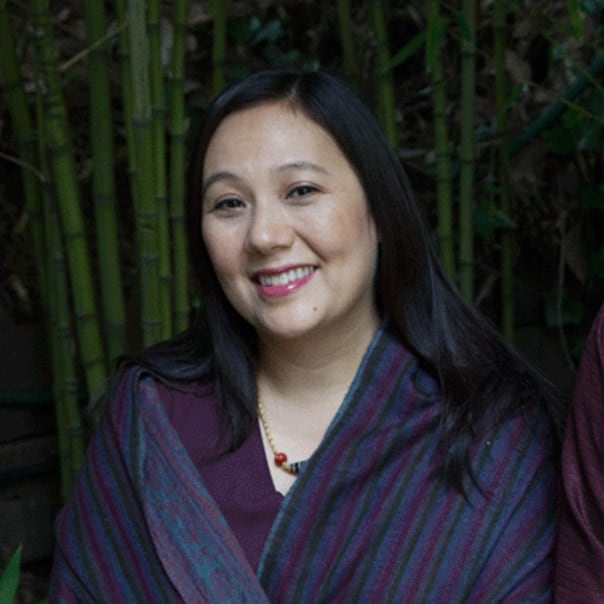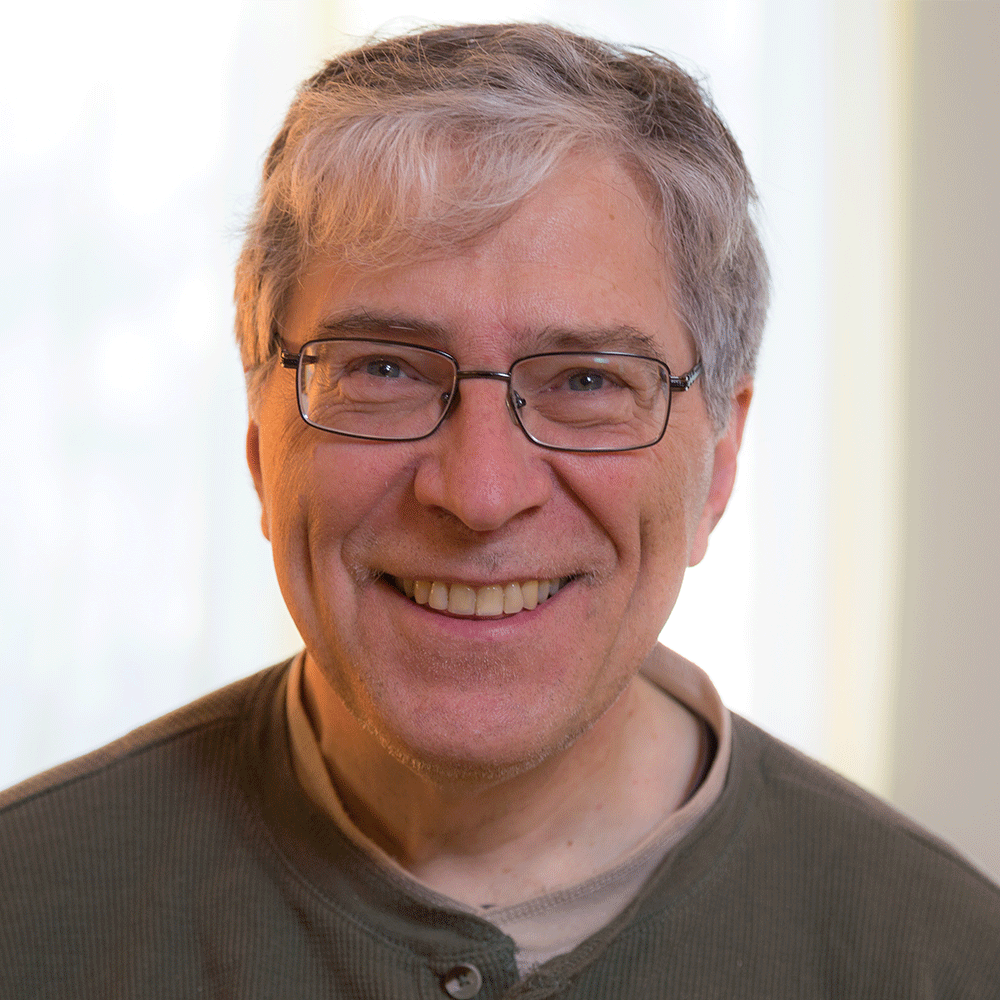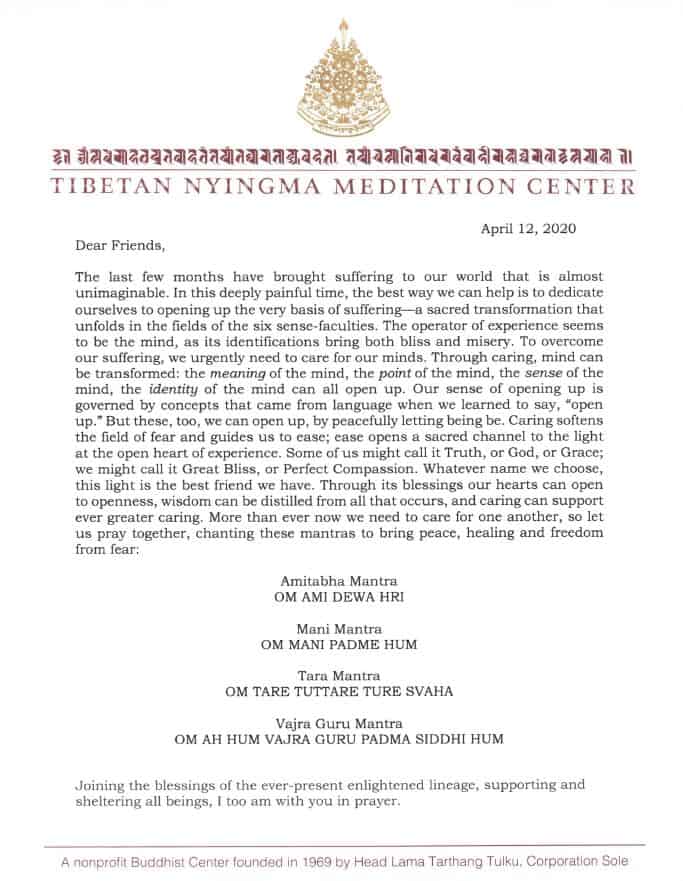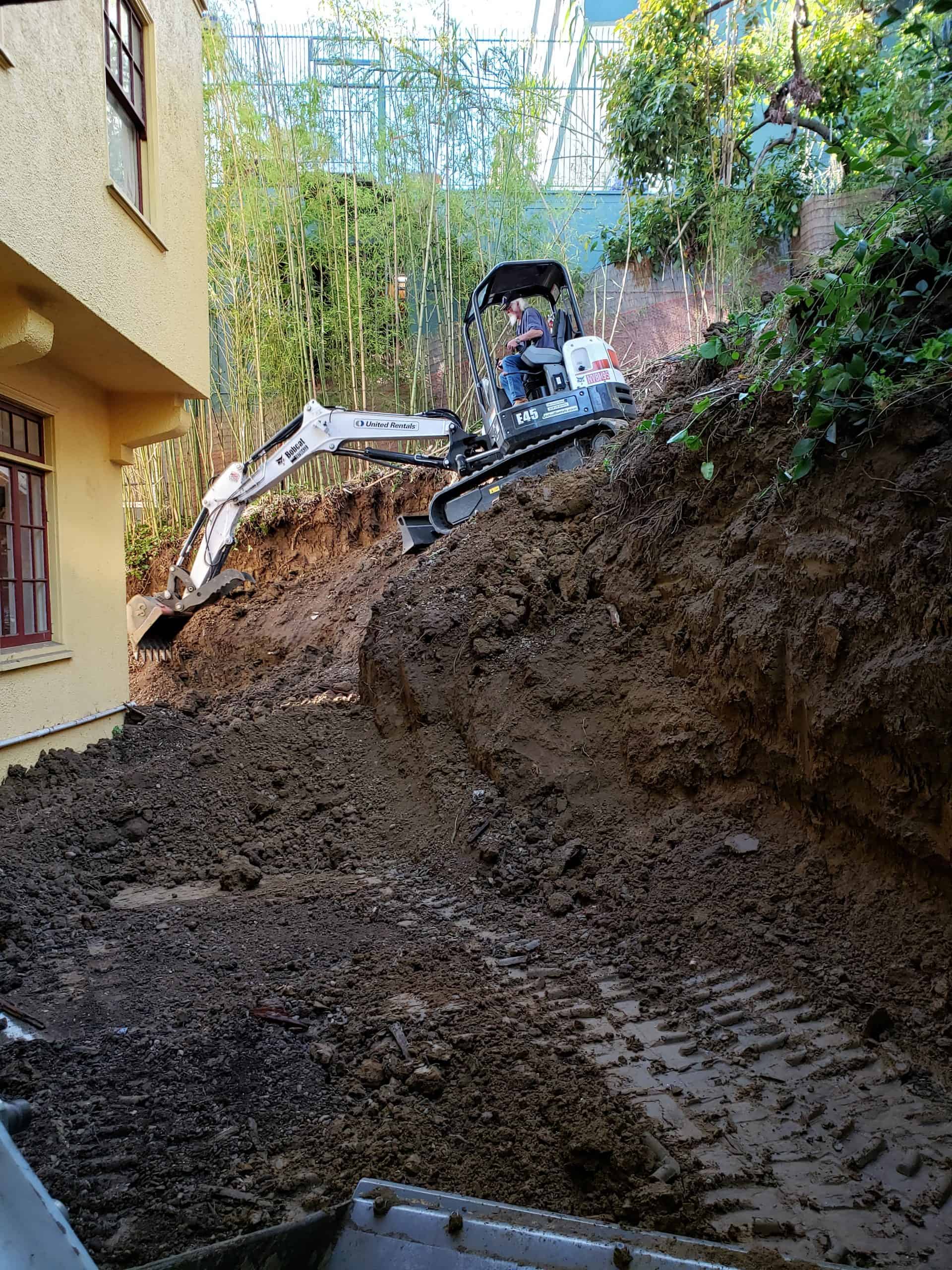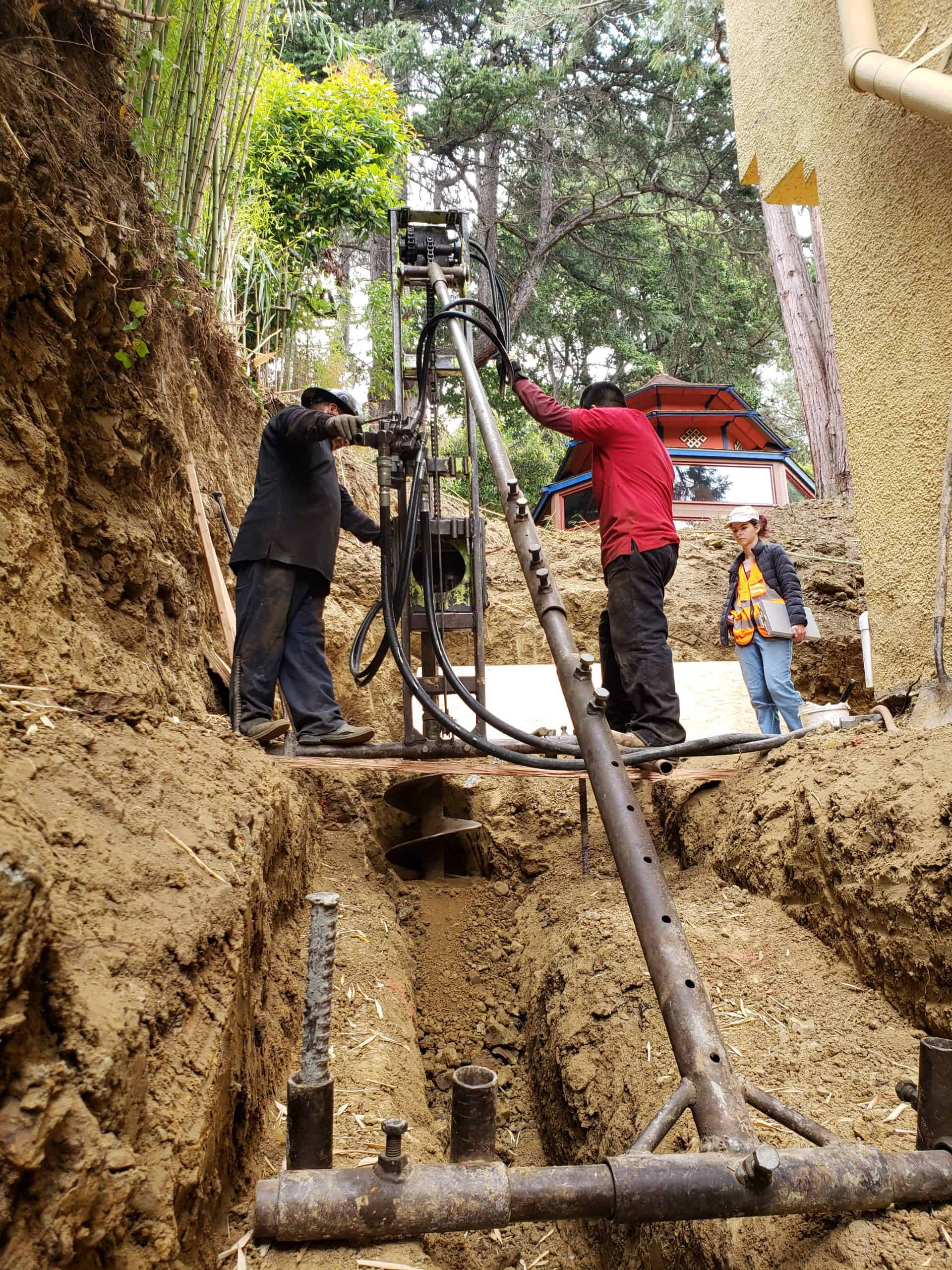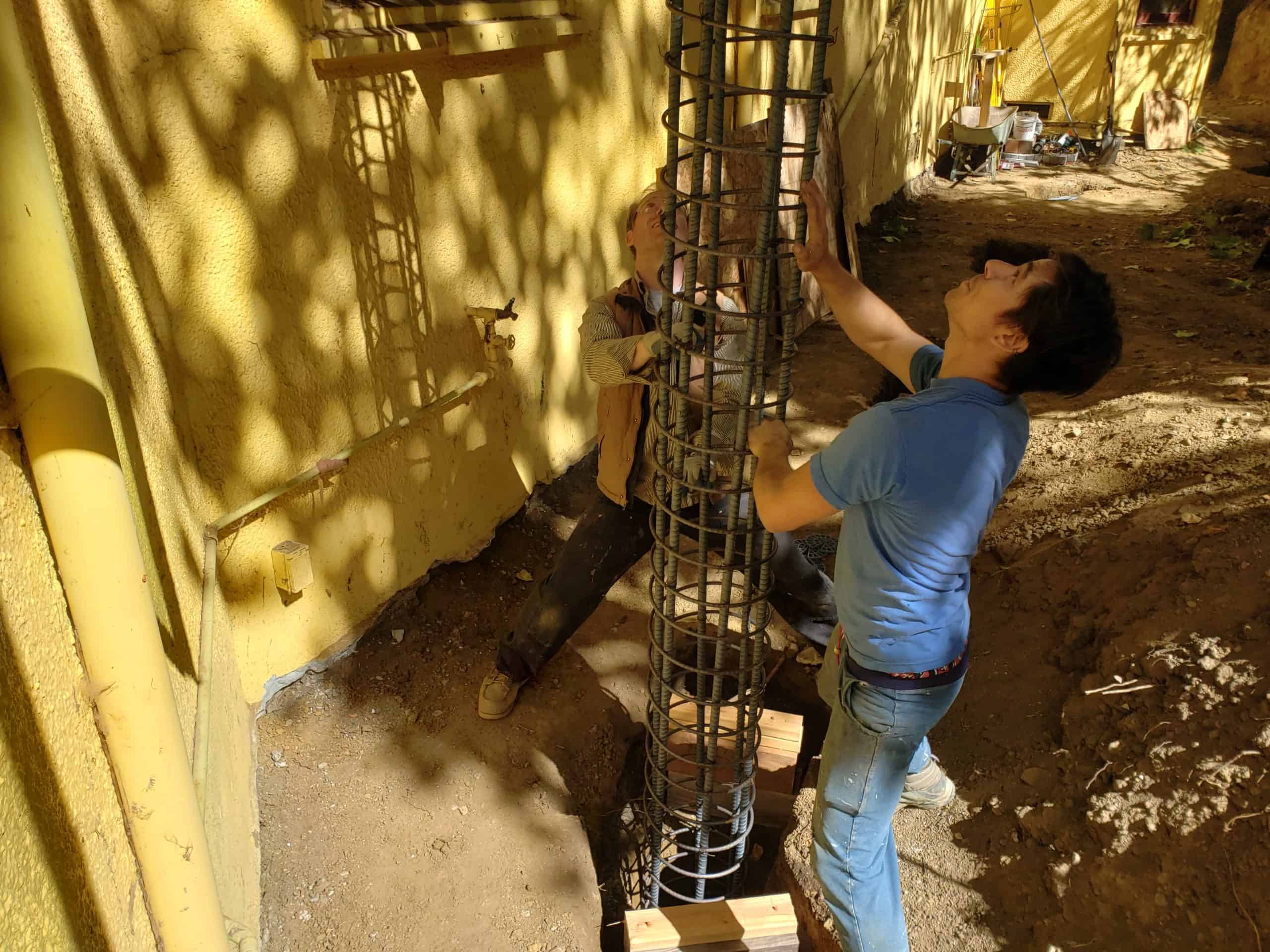In Loving Memory of Barr M. Rosenberg
In Loving Memory of Barr M. Rosenberg
With tender hearts, we share the passing of our beloved Barr Rosenberg, one of Tarthang Rinpoche’s oldest students and most generous supporters. After a fall, hospitalization, and a brief illness, Barr passed peacefully at his home in Odiyan on February 2, 2025, at 10:14 AM.
Barr’s extraordinary life encompassed the heights of academic and professional achievement with the depths of spiritual altruism. A legendary economics professor and a pioneering innovator in quantitative financial analysis, he brought the same penetrating intellect to his study of the Dharma. His rare ability to dwell patiently in the realm of formless abstract concepts allowed him to bridge the worlds of analytical thinking and spiritual understanding in profound ways.
For close to twenty years, he served as co-dean of the Nyingma Institute alongside Sylvia Gretchen, touching many lives through his teachings. Together, Barr and his late wife, June Rosenberg (who passed in 2022), lived a life of devoted practice and service.
Barr embodied the highest altruistic mind, with a boundless sense of care for his community, family, and friends. We rejoice in a life dedicated to the Buddhadharma, animated by his gentle vision of the interconnectedness of all beings. His mastery of worldly knowledge, skillfully channeled toward the highest spiritual endeavors, had a historic impact in the preservation of Tibetan culture and the Dharma at a most critical time.
Whatever knowledge, insight, or inspiration you received from Barr, we encourage you to offer prayers, dedicating it to his auspicious transition.
Inspired by Barr’s example, may we aspire to live with kindness, goodwill, and generosity beyond measure. May all beings abide in the light of perfect compassion and transcendent wisdom.
